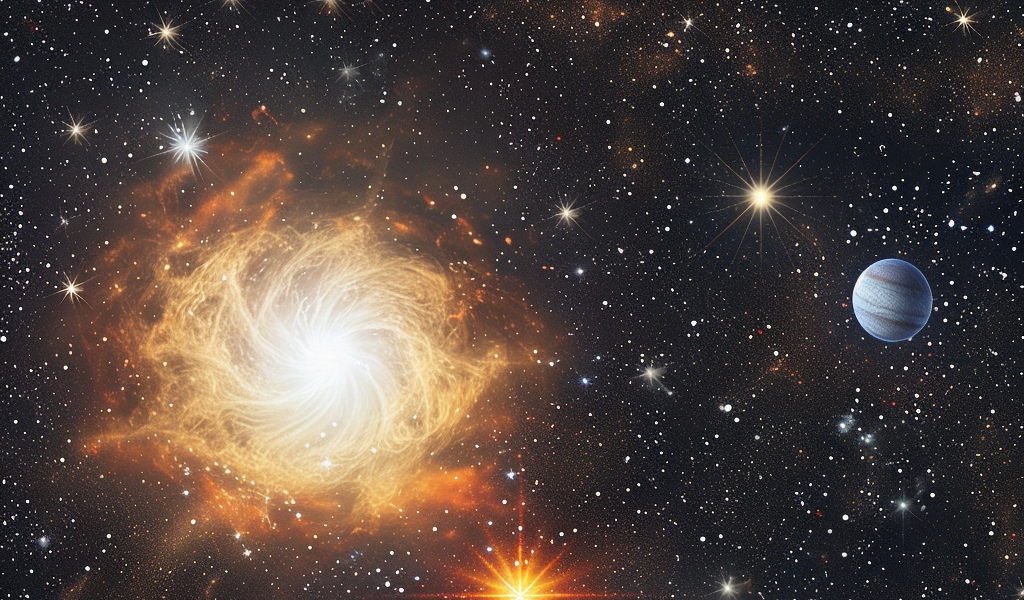Rare Celestial Event Involving Binary Star System T Coronae Borealis Set to Captivate Sky Watchers in September
An exciting astronomical event is on the horizon, set to captivate sky watchers for a week in September. NASA predicts a rare celestial display involving a binary star system called T Coronae Borealis, located approximately 3,000 light-years away. This system comprises a white dwarf and a red giant, with the white dwarf drawing hydrogen from the red giant, leading to a buildup of heat and energy culminating in a spectacular explosion known as a nova event.
Such occurrences take place roughly once every 80 years for this particular star system, making the upcoming event a significant one. The event is expected to occur in September and will be visible to the naked eye due to the star system’s proximity to Earth. To locate this celestial phenomenon, astronomers advise first identifying the bright stars Arcturus and Vega, then following a line connecting them to reach the Corona Borealis constellation, where the event will unfold.
Amateur stargazers and scientists alike are eagerly anticipating this event, as it not only offers a thrilling spectacle but also provides valuable data for researchers to deepen their understanding of these intricate star systems. NASA plans to utilize advanced technology such as a gamma ray imager and the Imaging X-ray Polarimetry Explorer (IXPE) to capture unprecedented insights into the lifecycle of binary star systems.
This rare astronomical event presents a unique opportunity for enthusiasts to witness a celestial phenomenon that occurs once in a generation. As we await the event in September, let’s hope for clear skies to fully appreciate the beauty of the cosmos.





